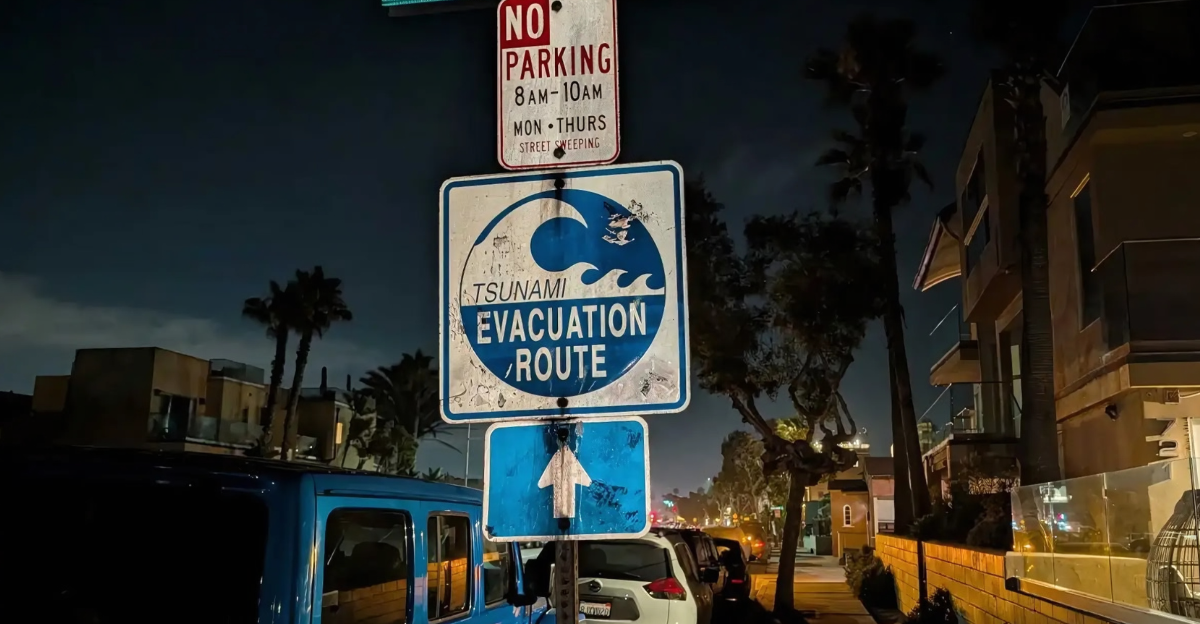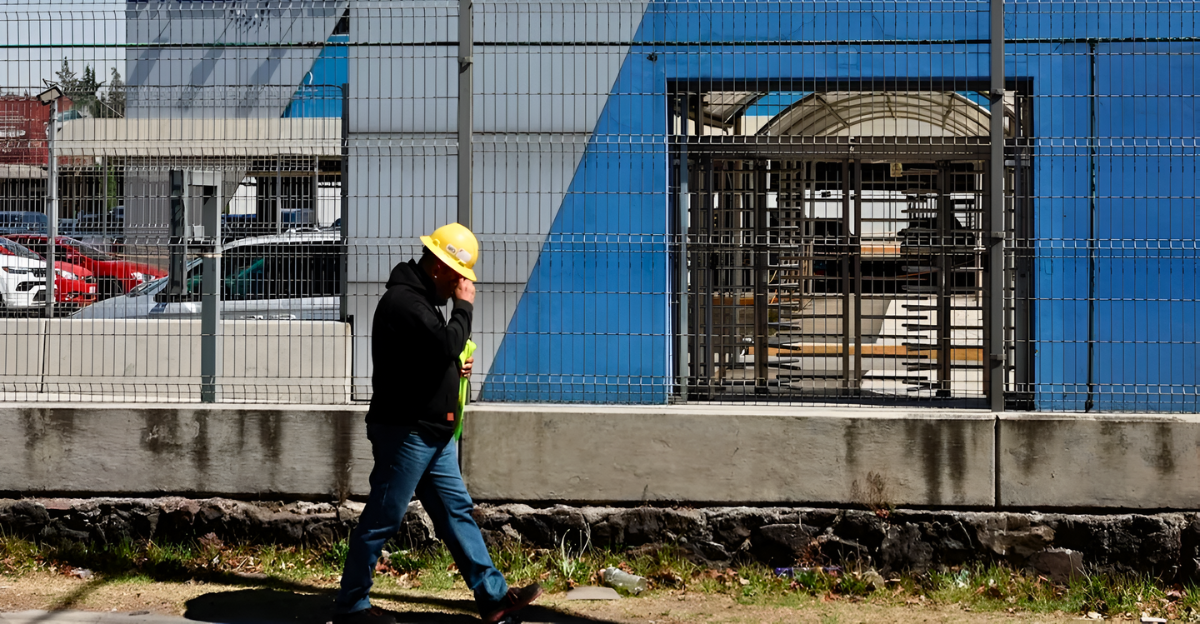
While many like to imagine the ancient Earth as forming in a quiet vacuum, the truth is that the planet likely experienced a lot of violent and cataclysmic events during its slow development up to the place we call home today.
Recent evidence from researchers at Caltech points to an incredibly forceful and violent collision that is likely to have happened to our home planet billions of years ago. Let’s take a look at what the discovery has found and what it reveals about our planet’s unique past.
A History of Violence

The Earth’s history is filled with violent and cataclysmic events that help to develop the planet into what we know it as today. Space is filled with debris that goes flying around at alarmingly high speeds. While space is big, there’s an inevitable chance that some things are bound to crash into one another at some point in time. The Earth was the victim of one such collision and new evidence that’s been discovered helps to validate that claim. Let’s see how.
Theia

According to scientists at Caltech, the Earth was hit by a gigantic, near-Mars-sized planet roughly 4.5 billion years ago. While it might seem impossible to believe today, there is a lot of evidence below the Earths surface that has helped to prove this. The discovery of two large LLVPs or ‘large low-velocity provinces gives rise to the notion that we were struck by a planet that scientists are now calling ‘Theia’.
Startling Evidence

The evidence for the collision can be found in what scientists refer to as two large ‘iron-rich’ series of deposits found at the core-mantle boundary of the Earth. This is roughly around 1,800 miles below the Earth’s surface. The reason scientists hypothesize that this discovery is linked to an incoming planet is because of the fact that they’re so different from the surrounding material, compositionally speaking. The discovery has helped to shed light on what has generally been considered only a hypothesis.
Look to the Moon

A little-known fact about our moon is that some scientists currently suggest that it was actually formed by this exact collision. Apparently, Theia crashed into Earth, left a huge amount of debris behind, and then bounced back off the planet, to put it in simple terms. The remaining debris was held in place by our Earth’s gravitational pull, resulting in the formation of the moon we currently know today. But there’s a lot more to Theia than that.
Technically Tectonic
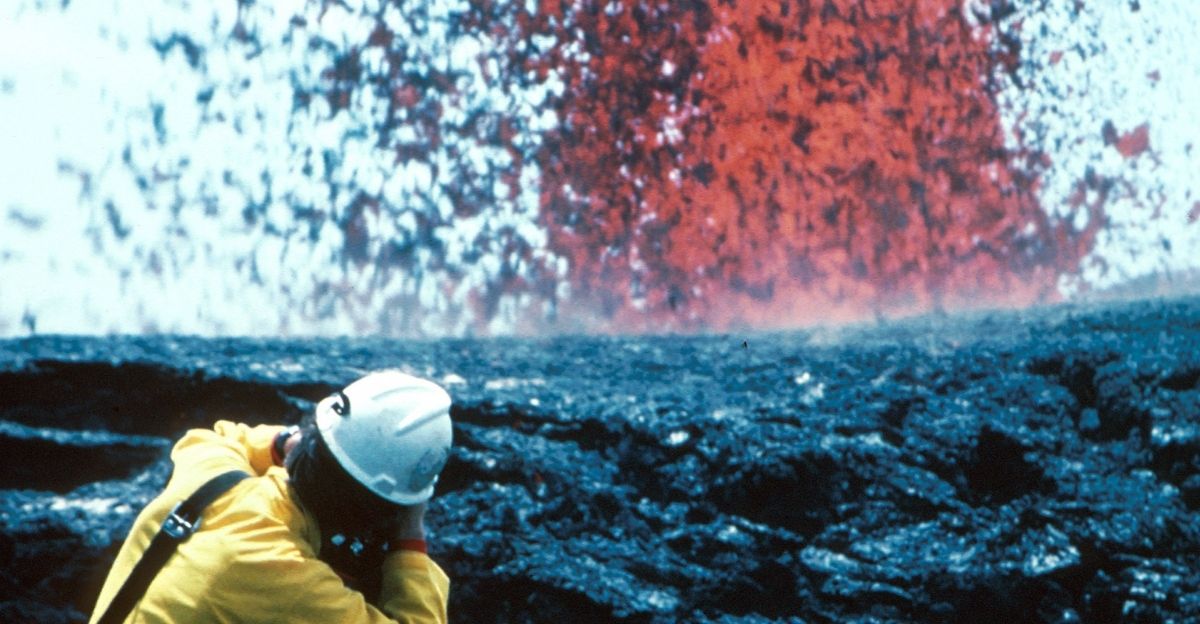
Some scientists suggest that the collision with Theia could have resulted in the beginning of our planet’s tectonic activity. In essence, it helps to describe how the cooler, denser material would have absorbed the incoming material, resulting in deformations occurring within the existing mantle at the time. Some suggest that the very planetary dynamics that cause earthquakes felt today around the world could still be the result of this collision!
Where’s the Proof?
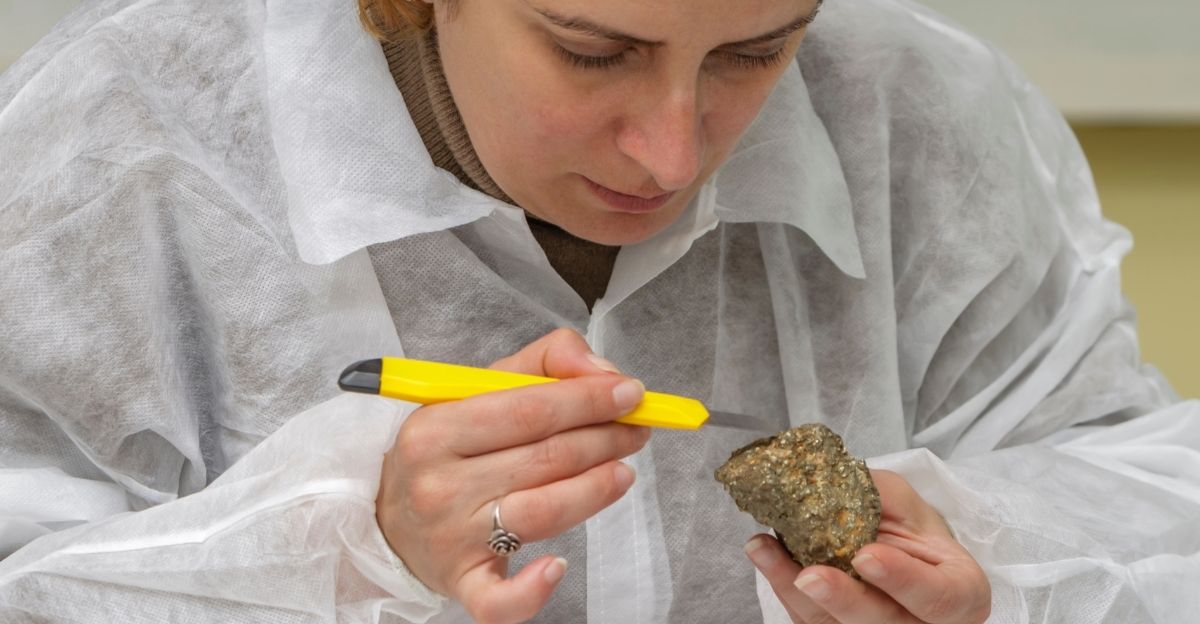
The gigantic LLVPs have been found in areas like Africa and the Pacific. Obviously, these are incredibly deep under the surface of the Earth, which posed a unique challenge to researchers. Using advanced seismic imaging, scientists were able to map out the strange shapes of the geological ‘blobs’ and get a clearer picture of the scale of the impact and what it looks like when compared to the modern images of the Earth as we know it.
Magnetic Attraction
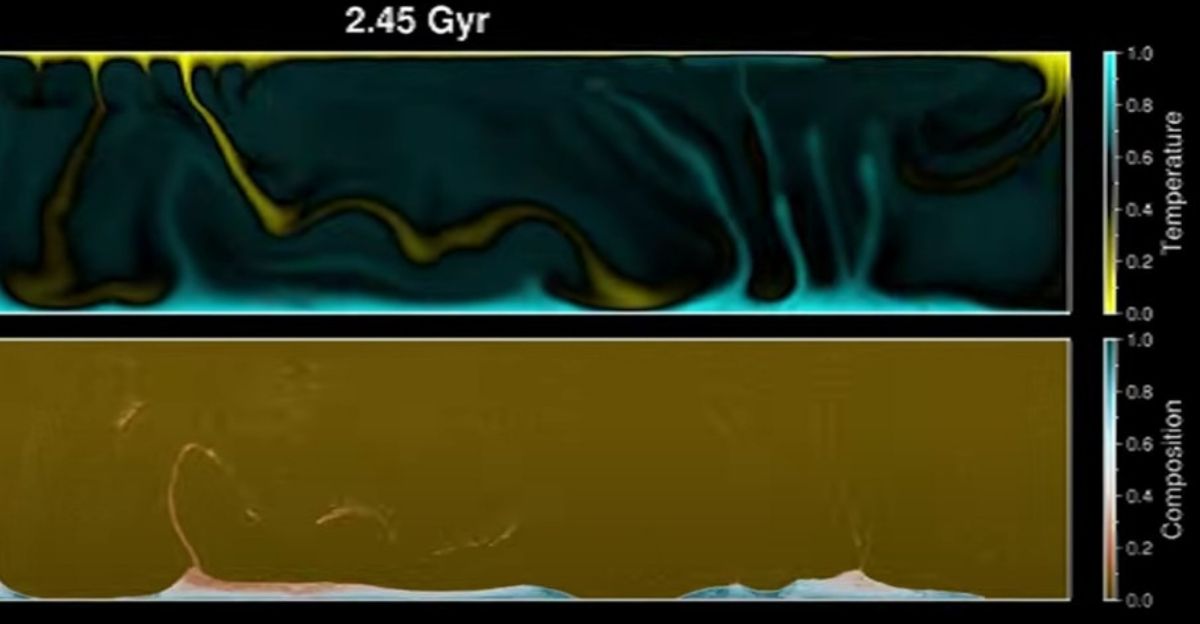
There are quite a lot of issues that the evidence of what could be Theia manages to help shed more light on. Another speculation of geologists regarding the Theia collision and the discovery of the LLVPs is that it points to what may have help start the formation of the Earth’s magnetic field. Without this, our atmosphere wouldn’t the work the way it needs to to help support life on the planet. In many ways, we owe quite a lot to this otherwise freak accident.
Double Data

More proof of the Theia collision can actually be found on the moon. Apparently, the moon shares similar isotopes to those found on Earth. This helps to prove that it was formed during the collision. It also helps to form a clearer picture about the collision itself and what the results of it were. The similarities are mounting and the final image portrayed by the convalent data is that the Earth is really lucky to be around, and a lot tougher than we once thought.
The Lottery of a Lifetime

Scientists now also speculate that in many ways, we Earthlings really won the ‘cosmic lottery’. If it weren’t for our exact position in the solar system, there’s a high likelihood that we never would have had the conditions needed to support life on the planet. Ironically, that exact position is what led to the supposed collision with Theia. In turn, that collision ended up furthering the life-supporting conditions that led to our evolution on the planet. The odds are so slim that it’s actually bigger than winning the lottery!
A Change of Perspective
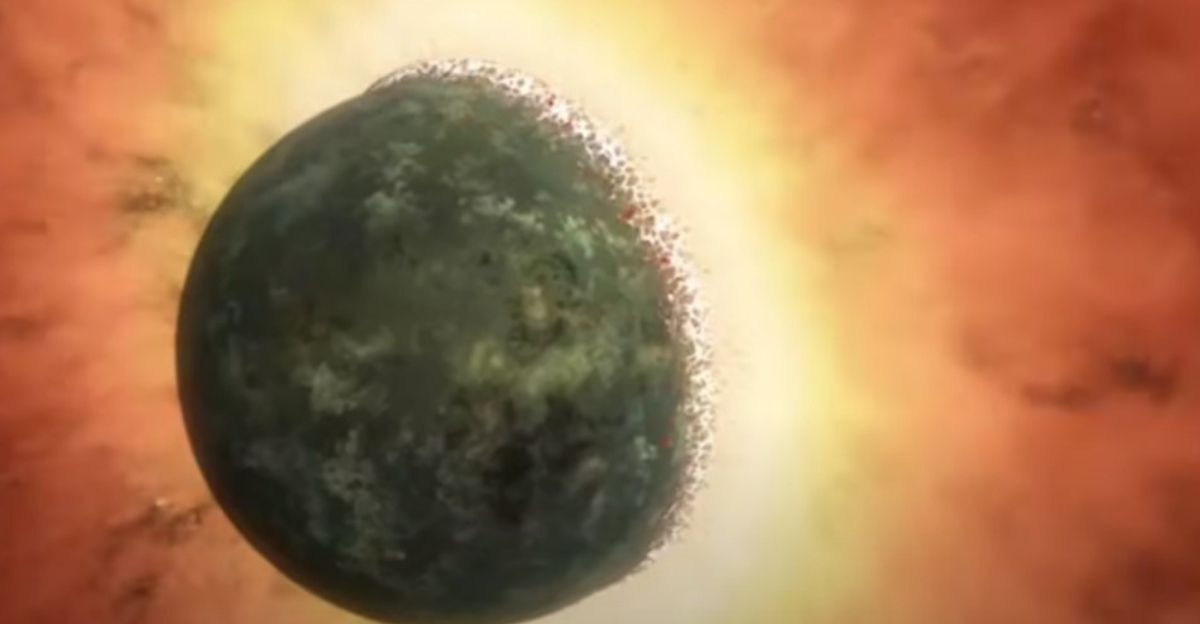
The recent understandings about what helped to form life on our planet has affected the methodology that scientists would use to try and identify other planets that could possibly host life, or already do. Scientists now wonder whether a planetary, or similar large-scale collision, is necessary for the formation of life on a planet. Would planets that host life develop by themselves, given the right set of variables, or are we solely the product of major cosmic collisions?
Understanding our Past

The discoveries help to paint a clearer image of the kind of violent history that our planet experienced during its formation. According to scientists at Caltech, the discovery is important for us to not only map out our own planet’s formation, but also allows us to speculate as to the formation of other planetary bodies around the cosmos. It raises questions like how often these collisions happen, and what the results of them are? Either way, many suggest that this is still only the tip of the iceberg. For more amazing historical stories, be sure to check out our site!

